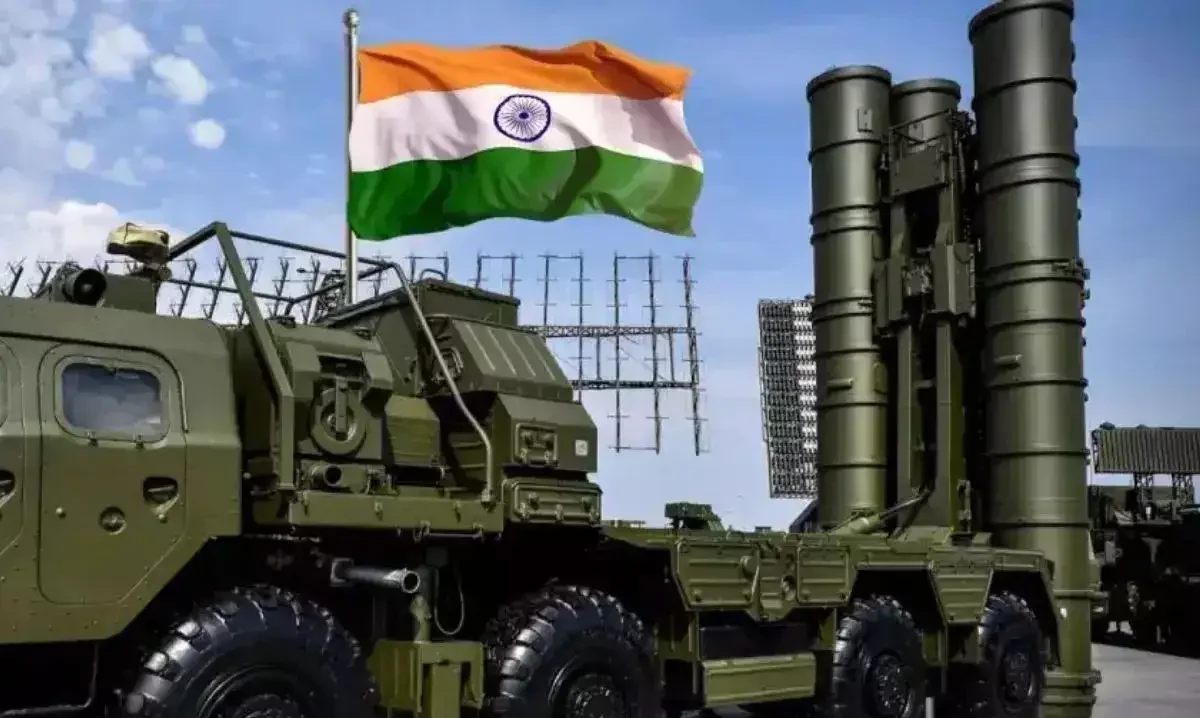India is advancing efforts to develop a long-range surface-to-air missile (SAM) system akin to the Russian S-400 under an ambitious indigenous initiative known as Project Kusha. The Defence Research and Development Organisation (DRDO), in collaboration with Bharat Electronics Limited (BEL), is spearheading the project, with the prototype expected to be ready within the next 12 to 18 months.
Project Kusha is envisioned as a comprehensive air defence system capable of neutralizing a wide spectrum of aerial threats including enemy aircraft, drones, and missiles. BEL is playing a key role as DRDO’s development partner for various crucial subsystems, including radar technologies and control systems essential for target tracking and engagement.
BEL Chairman and Managing Director Manoj Jain confirmed the company’s deep involvement in the project, stating that several critical components are being jointly developed. He also noted that BEL is being considered as a potential integrator of the full system if multiple system integrators are approved.
Beyond Project Kusha, BEL is actively involved in the production of the Quick Reaction Surface-to-Air Missile (QRSAM) system, a project jointly envisioned by the Indian Army and Air Force. BEL anticipates an order worth approximately Rs 30,000 crore for QRSAM, with finalization expected either by the end of the current financial year or in the early part of the next.
BEL’s air defence credentials have recently been enhanced by the successful deployment of its Akashteer system. Designed to enhance situational awareness and streamline response to aerial threats, Akashteer integrates various sensors and weapon systems into a unified control framework. The system has already been inducted into active service and is viewed as a significant improvement over legacy systems.
India’s ongoing use of the Russian-made S-400 Triumf air defence system remains an integral part of its strategic deterrent posture. Deployed at key strategic locations, the S-400 system provides comprehensive coverage against high-speed aerial threats and has performed reliably during training and operations. Its effectiveness has informed the development goals of Project Kusha, which aims to replicate and eventually surpass the S-400’s capabilities using entirely Indian technologies.
As India continues to invest in a layered and self-reliant air defence architecture, Project Kusha marks a significant step toward reducing dependence on foreign platforms and building a robust indigenous defence ecosystem.













